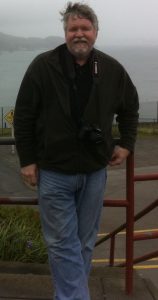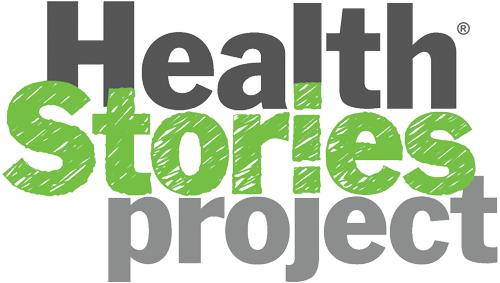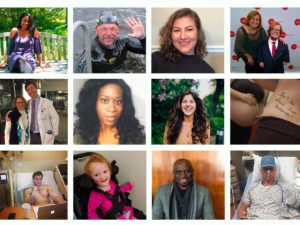


Brad admitted to putting off medical care when he probably needed it earlier in his life. After a heart attack in 2018, he realized he should take a more proactive approach. Since then, he has dedicated himself to staying active and maintaining his weight loss, which he sees as a positive example for his family’s younger generations. Here Brad shares what motivated him to change and just how far he’s come.
A History of Putting It Off
I haven’t been one to seek medical help unless forced by circumstance. I suffered a hernia at work [once] and waited about three to four years before seeking medical attention. I was dealing with the discomfort daily until one day something changed and took my breath away.
I didn’t react to my first chest pain in 2018, and it went away. I had been doing biometric screenings for my work insurance [at the time]. I convinced myself that my out-of-range blood pressure and cholesterol weren’t that far from normal.
When [the pain] came back, it didn’t subside. Relaxing and deep breathing weren’t making a difference.
[Then one day] I was at work, getting ready to work an eight-hour shift on my feet all day. I thought I might need to get [the pain] checked out. I called my daughter to pick me up and take me to the emergency room, but in no way thought I was having a heart attack.
Brad actually was having a heart attack, and at the hospital, staff put in a coronary stent. The experience changed him.
Making — and Maintaining — Lifestyle Changes
As an adult, I’ve carried a weight of anywhere from 250 to 300 pounds, probably a little over on occasion. When [I was] released by my cardiologist, I began about eight weeks of cardio rehab three days a week for about an hour. When I stopped that, I joined a gym and started doing at least 30 minutes of cardio, most days an hour. I took my diet and exercise seriously.
I used a treadmill, recumbent bike, and a SciFit step machine that exercises the legs and arm muscles. When COVID closed the gyms, I made daily trips to area parks to walk for an hour or more daily.
I restricted my sodium, fast food, sweets, and worked to get portions under control. I used a phone app, My Fitness Pal, to track everything I ate. It allows you to scan barcodes or look up restaurant meals for sodium and caloric amounts. It was a great help getting my calories under control as well as logging daily vitamin and mineral levels. It was great at helping me stay on track.
My initial goal was to get down to 250 from the 286 I was at [when I had] my heart attack. I surpassed that by the second month, so I continued to maintain a healthier diet and I tried to walk daily for at least 30 minutes.
Initially I walked with my portable defibrillator vest and control box around my waist. My first walks were up the street four to five houses and back. [Then] I walked in the mall when weather wasn’t conducive to getting outside.
I’ve maintained a weight of around 218 plus or minus a pound or two. I would never have thought I could be successful at losing weight, much less keeping it off.
Looking Back, Focusing Ahead



I want to be healthier for [my family], to set a better example for my kids and grandkids — three daughters and three grandkids. I enjoy seeing them and doing things for them. We see each other at least once or twice a week, as our work schedules permit. We missed some time together in the early days of COVID.
I was very proud that I had great reactions from people that worked with me, and went to church with me, and my extended family whom I only saw a couple times a year.
I’ll be 67 on my next birthday! I continued to work as a retail manager through all the shutdowns and partial closings [of the COVID pandemic]. I’d like to still be healthy enough, and enjoy work enough, to [do it until] I’m 70.
Brad H.
Cincinnati, OH
Diagnosed with high blood pressure, high cholesterol and heart disease


Not sure what to say
My main issues are AFIB and Sleep Apnea in the past two years I have shaved about 25 pounds of I a 6’2″(used to be 6’4″) now weigh 248 pounds. I have finally got my cholesterol under control. Feeling pretty good for 74 years old.
I have lost 57 lbs the past year still have 13 to go,hasn’t really helped my AFIB though.
http://www.woundedheartproject.com
I have diastolic heart failure with cardiomyopathy and recently afib. I also have sleep apnea and sarcoidosis. After receiving a stent a coronary artery and 6 weeks of cardiac rehab I am feeling better and trying to maintain an activity level that will help me feel more normal.
i have 5 stents ,cow valve ,pace maker seem to be pretty good